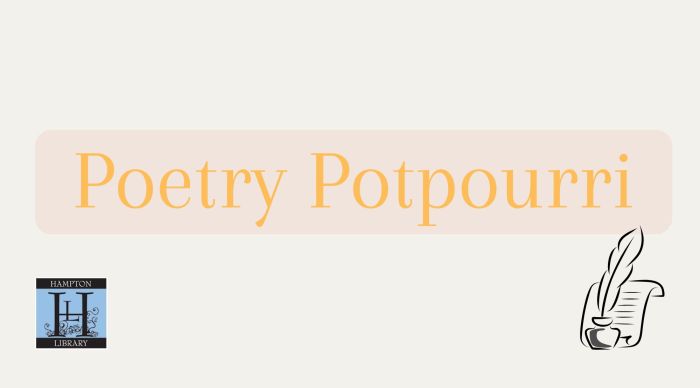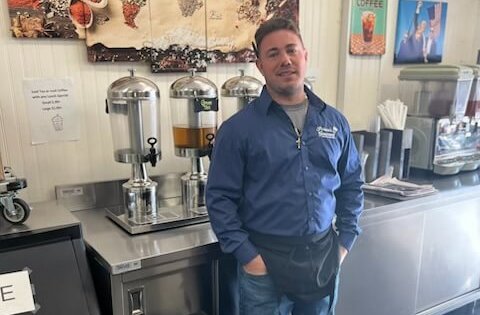
Throughout the fall, I have been perusing the gardening magazines and various gardening books checking on trends throughout the country. Our local landscapes are dynamic with trees that have disappeared and new plants becoming available regularly. The trends that I have been observing recently on Long Island echo many of the latest national directions.
Public opinion about what we like, desire or see is changing along with the environment. It is now fashionable to create a garden habitat for wildlife where it was not just a few years ago. Including plants in your garden borders that offer seeds and berries for small mammals and birds is high on the list for inclusion when renovating a border. Researching what native plants have to offer birds, bees and butterflies is currently a movement and native plants are considered prize additions when replacing perennials and shrubs.

Our changing weather patterns have been given much ink and media coverage, especially in areas of the country where disasters have struck and created so much destruction in our landscapes. Due to what has been labeled global warming and what we ourselves have experienced recently, consumers are seeking plants that will flourish in hotter and drier weather conditions. Articles about plants such as succulents, grasses and sedges are popping up everywhere. Information about hardy shrubs is sought after. Cold, hardy plants and shrubs are being researched, particularly in areas where the winters have produced new unusually low temperatures. What were once our “norms” has changed and many gardeners that I have spoken to have been the first to respond by seeking out new plant selections which will offer them success in their gardens.
Along with these trends and due to the rather tasteless vegetables that are currently available in our supermarkets, more people than ever have been asking me for any excess heirloom seeds that I may have. They hope to try something new and maybe convince their children and grandchildren that healthy food can taste good. Maybe not as good as chocolate, but you can’t have everything can you?
Twenty five years ago, houseplants were popular and then that trend waned. Now, however, there is a resurgence in houseplants with a particular emphasis on larger and more exotic plants for the home. Bringing our gardens into our homes creates visually pleasing additions while creating a healthy indoor environment.

Container gardens are also experiencing a boom due in part to our aging population. Digging huge holes to plant things is much more difficult for many forcing reexamination of other options. Everything from exotic annuals, perennials, banana trees, bulbs and vegetables are being grown in containers and pots. This trend also makes it easier to bring plants into the house to overwinter them or to store them in sheds and garages for the next growing season, thus eliminating waste and insuring more leisure.
Not surprisingly, there is also an aesthetic renaissance trending. People are considering lengthening the seasonal experience by creating gardens that offer visual interest for longer periods of time. Articles on fall and winter textures and colors are suggesting plant combinations that visually draw you back outdoors.
Just as a last note, I came across the following tidbit that I thought you would enjoy knowing; in 2018, the new “hot” color will be purple, not just in edibles, but for annuals, perennials, trees and shrubs as well. The book Harold and the Purple Crayon by Crockett Johnson is not just for children anymore.
Josephine Borut is currently on the Board of Directors of the Long Island Horticultural Society. She is a current member of The American Horticultural Society, The American Rose Society, and The Herb Society of America. The Long Island Horticultural Society meets on Sunday afternoon at Planting Fields Arboretum in Oyster Bay. The next meeting is Jan. 21 with speaker Jonathan M. Lehrer, PhD, chairman of the Urban Horticulture Department, Farmingdale State College. His topic will be Plants for the Climate Change Garden. For more information, go to www.lihort.org.




























